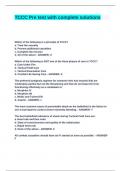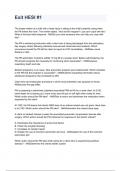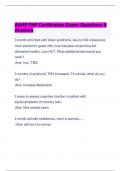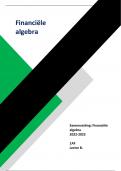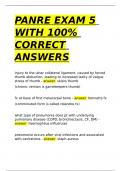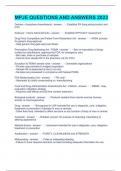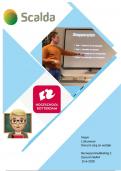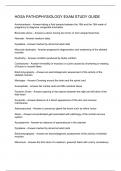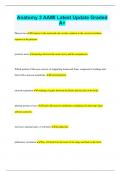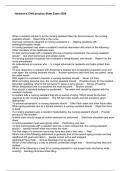Exam (elaborations)
TCCC Pre test with complete solutions
- Course
- Institution
Which of the following is a principle of TCCC? a. Treat the casualty b. Prevent additional casualties c. Complete the mission d. All of the above d Which of the following is NOT one of the three phases of care in TCCC? a. Care Under Fire b. Tactical Field Care c. Tactical Evacuation ...
[Show more]
